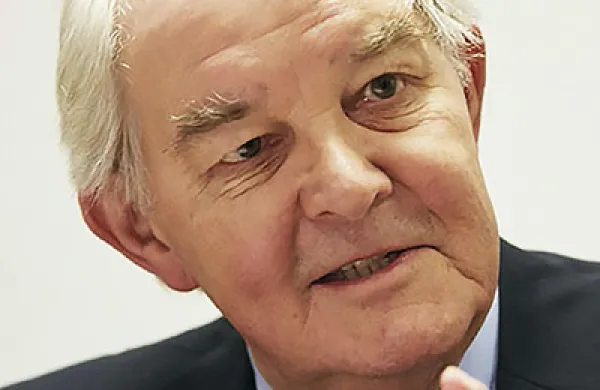It seems to defy investment logic, but defined contribution plans, haphazardly run by amateurs, actually lost less money in the recession than professionally managed defined benefit plans, according to a new paper from the Urban Institute, a Washington, D.C.–based social and economic policy think tank.
Not only that, but defined contribution plans are also doing better during the recovery, according to the paper.
Senior researcher Barbara Butrica found that traditional private sector pension plans lost 37 percent of their assets, or $1 trillion, from mid-2007 to 2009. Even after regaining some of those losses in the following three years, they remain about $4 billion below their $2.7 trillion peak.
By contrast, 401(k)s, individual retirement accounts, and other defined-contribution-style vehicles lost only 31 percent and have since bounced back so nicely that they are now about $8 billion above their 2007 peak — to a total $9.5 trillion.
So what gives?
Part of the problem may be precisely the pension plans’ sophisticated, professional investment strategies.
During the five-year period covered by the paper, says Timothy Barron, chief investment officer for the consulting firm Segal Rogerscasey, “there was [investment] area after area that would hurt defined benefit plans and not hurt defined contributions as much.”
For instance, he says that a typical defined benefit plan might have 18 percent in alternative investments like private equity, 14 percent in international equity, and 4 percent in real estate investment trusts. Those were among the asset classes that did worst during the downturn and still lag in recovery.
Meanwhile, in Aon Hewitt’s most recent survey of 120 large defined contribution plans, the typical portfolio was just 5.6 percent in international and 0.4 percent in “specialty” assets. Real estate was too small to merit a separate breakout.
However, asset allocation is only part of the story. More important may be the amount of money coming in and out.
Thanks to provisions like automatic enrollment — now offered by more than half of all defined contribution plans, according to Aon Hewitt — coupled with plain old inertia, 401(k)-type plans keep pulling in new assets through good markets and bad.
The defined benefit pool, on the other hand, has been shrinking, as companies freeze, close and terminate their programs. Where 38 percent of the private workforce had a DB plan in 1979, just 14 percent were covered as of 2011, according the Employee Benefit Research Institute.
Yet even while the pension universe and assets stagnated, the outflow only quickened, as boomers inexorably aged and companies pushed employees into early retirement. “Defined benefit plans throughout the last five years have been making billions and billions of dollars in payments to retirees,” says Diane Oakley, executive director of the National Institute on Retirement Security, a think tank in Washington D.C.
Altogether, these demographic and design trends mean that pension plans would probably be bleeding net assets even if the markets boomed — and, thus, that there’s not much managers could have done on the asset allocation front to make up for those losses.
Her paper “highlights the trend away from DBs toward DCs,” Butrica said in a follow-up interview.
Still, some pension managers have felt burned by their aggressive asset allocation and shifted to more conservative liability-driven models, which tie their holdings — usually bonds — to their payout schedules.
Meanwhile, 401(k) participants are increasingly turning to professionally managed and premixed portfolios, including target date funds, which now are offered by 83 percent of plans, according to Aon Hewitt. Those accounts tend to look a lot more like defined benefit plans, with higher allocations to international, real estate and private equity.
Maybe in the next downturn, they’ll lose buckets of money, too.






